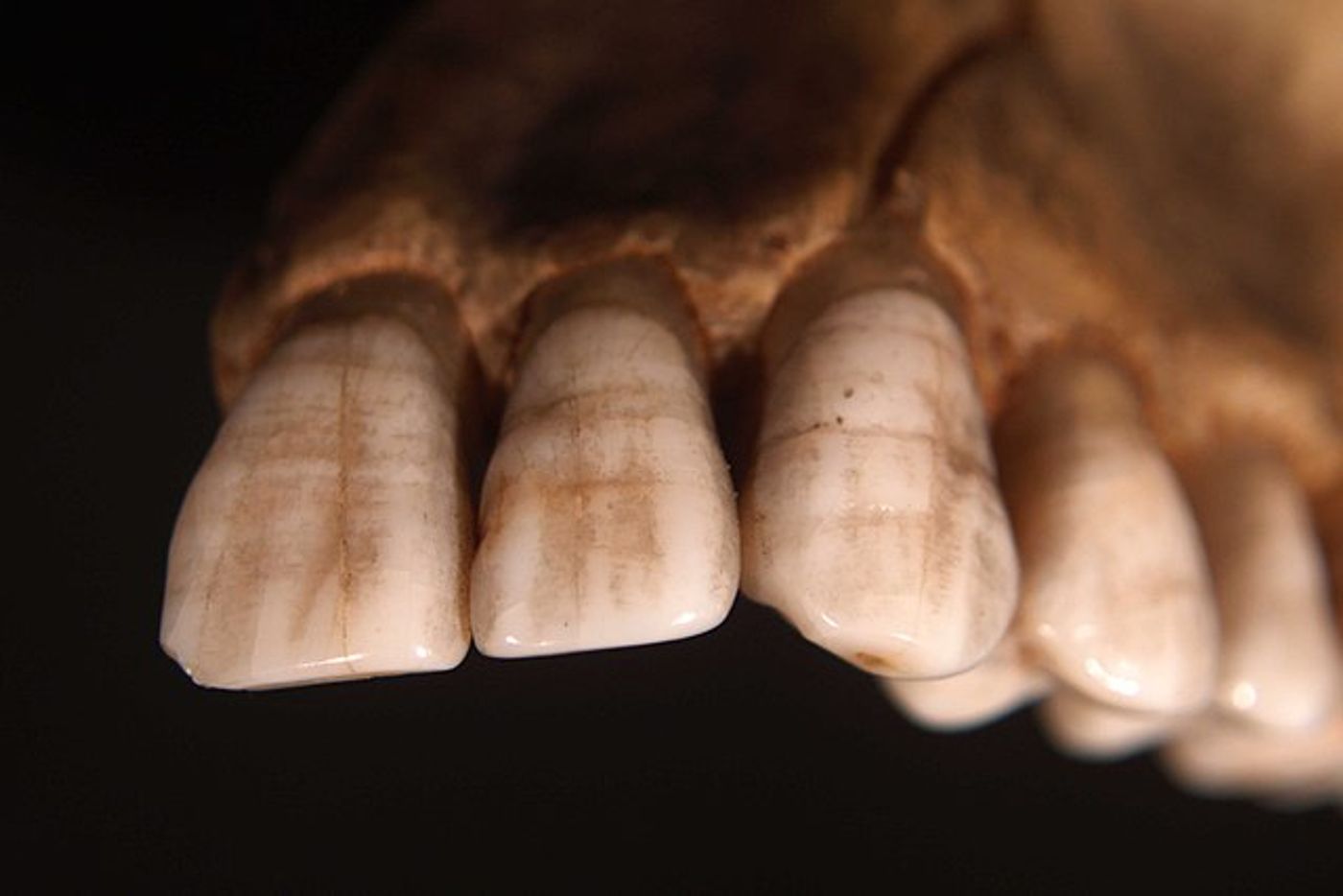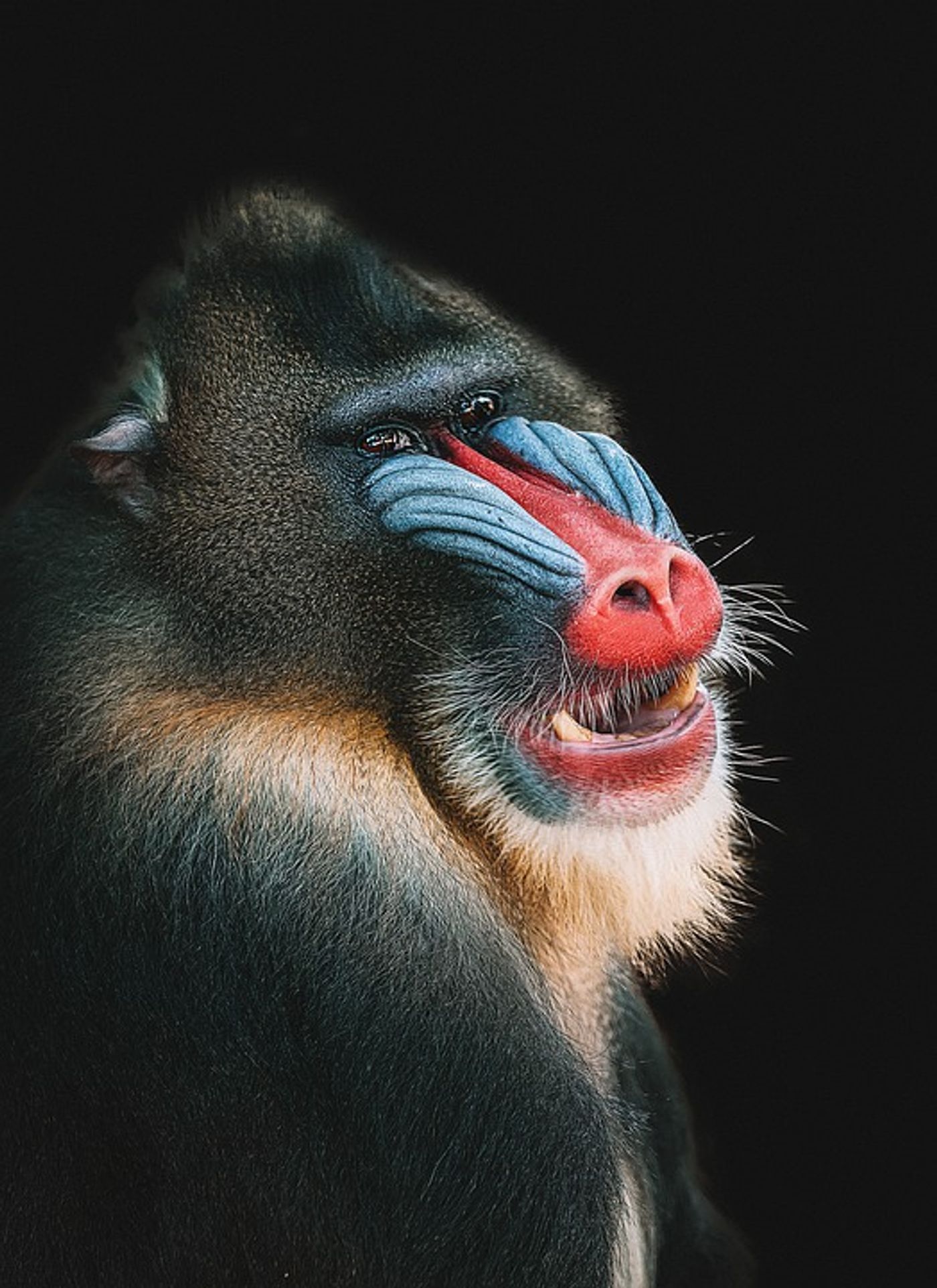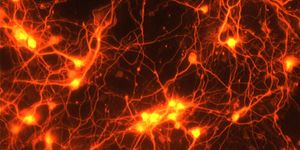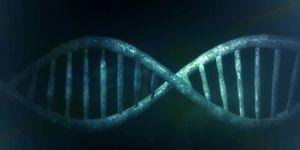Teeth Record Life's Stressful Events in Primates
For many young mammals, stressful events are recorded in teeth and limb bones. When something particularly stressful, such as a period of malnourishment, happens, an individual’s body will stop growing and instead focus energy into dealing with a given stressor. This leaves behind growth arrest lines on limb bones like the humerus or femur, or lines on the teeth known as linear enamel hypoplasia.
The idea of these lines is not new, and research has found that they develop in infancy or childhood and remain visible on an adult skeleton. However, less work investigates the specific age at which these lines form in a child, meaning that there is less known about which exact event caused these lines in an individual’s lifetime.
New research published in the Journal of Human Evolution and led by scientists at Durham University in the United Kingdom and The Cyprus Institute in Cyprus found that, in mandrills (a monkey living in Africa), the lines on the teeth coordinated with their mother’s resumption of sexual cycles after their birth, and also when mothers were mate-guarded (when the male stays close to the female after mating), wounded, or had another pregnancy. In females, lines were formed when they experienced their own menstrual cycles, and also during the pregnancies and births of their own offspring.
This means, that certain life history events—or the scheduling of physiological events across an individual’s lifetime like weaning, puberty, or parturition—are stressful enough to cause accentuated line formation in teeth, thus disrupting the normal path of dental development. While previous research has suggested that certain events, like weaning, may cause accentuated line formation in primates, the age at which lines occur, and whether other stressful events caused these lines was not known. As such, results from this study suggest that certain life history events—both physiological like giving birth, and social like a mother’s injury or mate-guarding—are physiologically costly. The results of this study have implications for humans, too, as we lead increasingly stressful lives, our bodies will also show the social and physiological stress we are under.
Sources: Journal of Human Evolution










